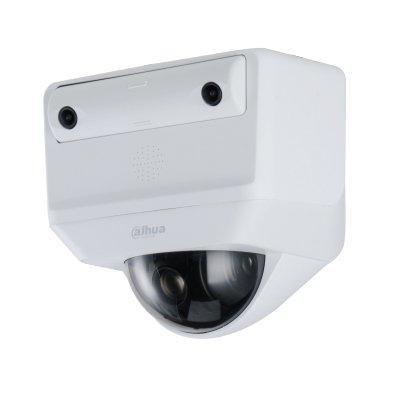 |
| The Rhino readers are fully integrated with IntelliSoft software for template capture and card creation |
Lumidigm recently announced that Innometriks Rhino biometric readers featuring Lumidigm V-Series multispectral fingerprint sensors are deployed across the entire Baltimore/Washington International (BWI) airport, controlling access to the tarmac with multiple units installed directly outdoors in the elements. Thousands of the over 9,700 employees are already enrolled and the system is handling tens of thousands of transactions per day. The Rhino readers are fully integrated with IntelliSoft software for template capture and card creation.
“The Rhino reader facilitated a seamless transition to biometrics for BWI by providing the ability to continue to use HID iClass cards and PINs while they were enrolling employee fingerprints onto the smart cards,” John Cassise, Innometriks CEO. “This mixed mode was very critical to the BWI security administrators.”
Since the readers would be used heavily and some were to be used outdoors, durability was a key requirement for BWI. The Innometriks’ Rhino reader with its rugged housing combines embedded Lumidigm fingerprint biometrics, smart card reader, PKI and digital signature technologies. It is already handling high security applications in extreme weather and rough environments for multiple organisations in the United States Department of Defense (DoD). The Rhino’s U.S. Government credential configuration provides tiered authentication levels that meet the SP800-116 implementation guidelines. The Rhino is also FIPS201-certified and approved by the TSA.
Multispectral imaging is a sophisticated technology specifically developed by Lumidigm to overcome the fingerprint capture problems that conventional imaging systems have in less-than-ideal conditions. This more effective technology is based on the use of multiple spectrums of light and advanced optical techniques to extract unique fingerprint characteristics from both the surface and subsurface of the skin. That subsurface capability is important because the fingerprint ridges seen on the surface of the finger have their foundation beneath the surface of the skin, in the capillary beds and other sub-dermal structures.
“Being able to quickly read fingerprints in all types of conditions, from snow to rain to heat, and with a wide demographic ranging from pilots to ticketing agents, to drivers, to mechanics, the entire gamut of workers, was very important to BWI,” emphasises Bill Spence, Lumidigm Vice President of sales-North America, Europe and Australia. “With so many transactions occurring so frequently, BWI had to get great, clear images on the first try to be convenient, secure and meet operational efficiency objectives.”


















